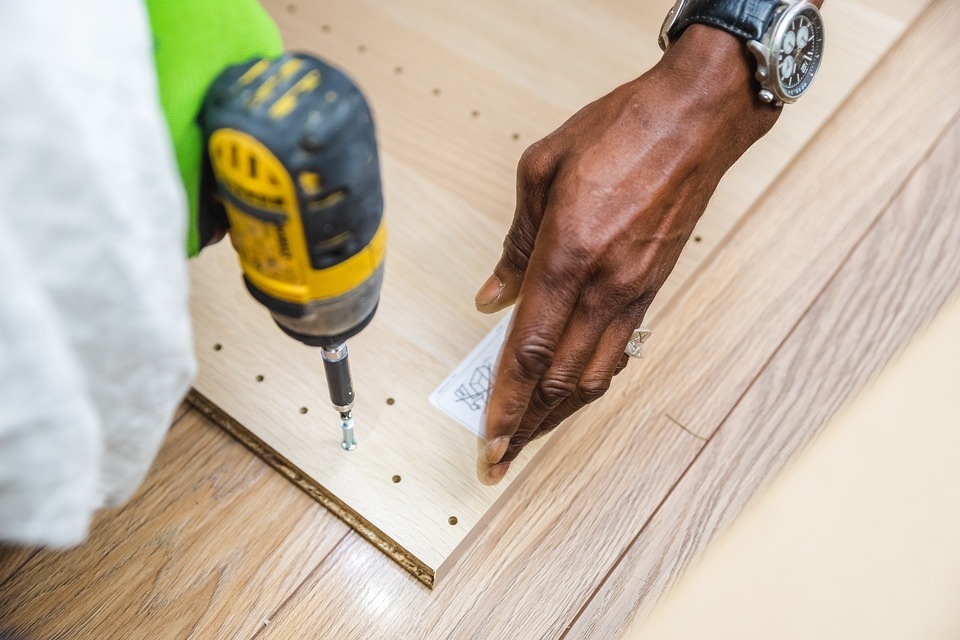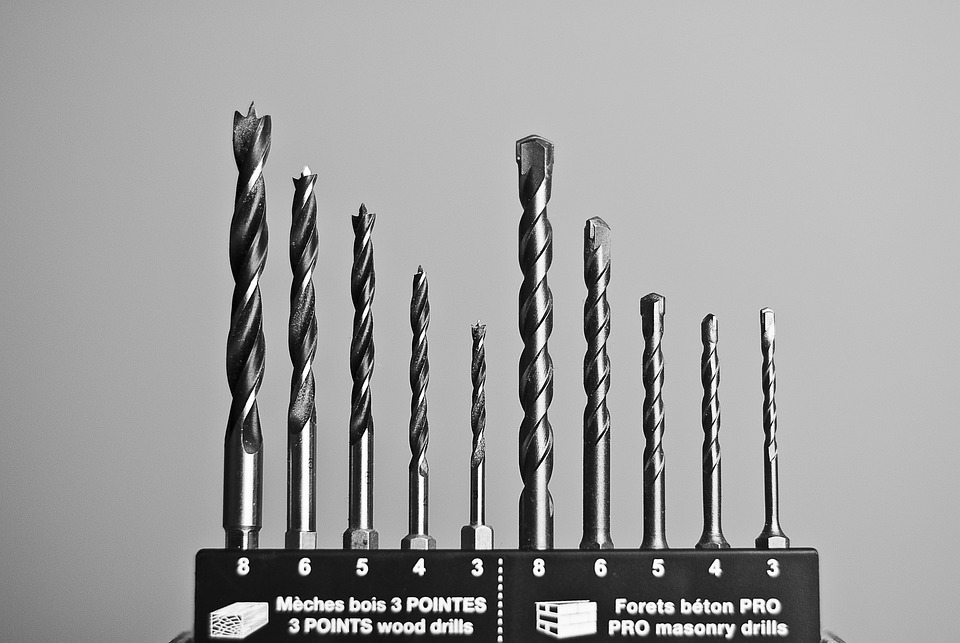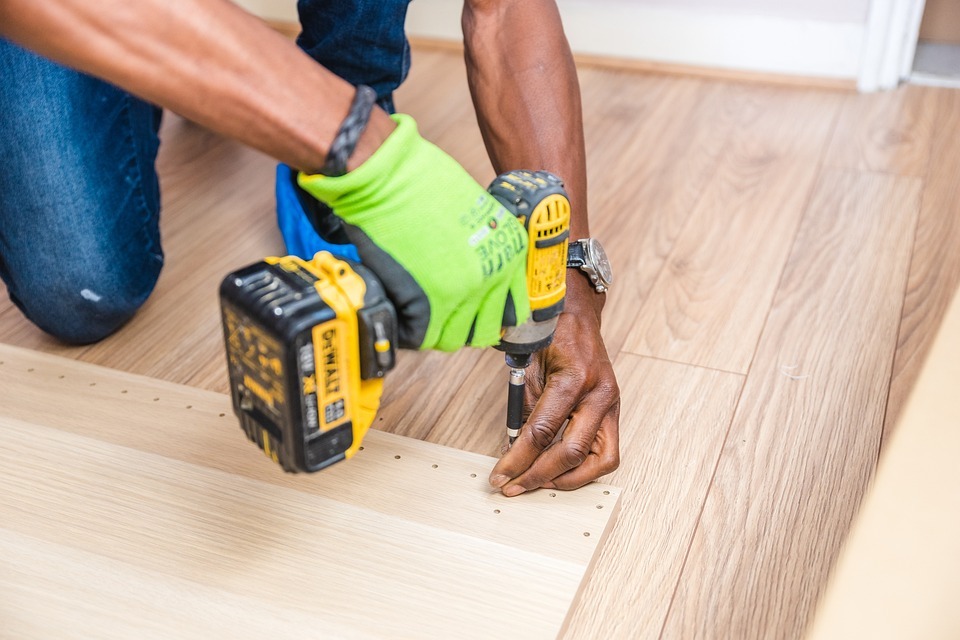Power tools and hand tools injuries result in approximately 400,000 visits to the emergency room every year in the US alone. A power drill injury can include things like puncture wounds, fractures, or in more severe cases, electric shock.
But the question is, if these tools are so advanced, why are people getting injured?
The answer is simple: The lack of training on how to properly use power drills and not following safety guidelines are the key reasons people get hurt by these tools so often. Therefore, in this article, we will discuss some of the most common causes of power tool injuries. The goal of this article is to make you aware so that you can protect yourself from the same mistakes.
Lack of Proper Training
Whether it is a workplace or a home, the biggest cause of power drill injuries is a lack of training and education. Even though power tools make working on projects more convenient, they are not “easy to handle” for an amateur.
Therefore, you must always start by learning the best practices and proper handling of a power drill. You can either work with someone experienced or participate in certified training programs that work under OSHA (Occupational Safety and Health Administration) guidelines.
A comprehensive training program will include theoretical education and practical exercises to teach you the proper usage of power tools in different settings. At the end of the program, you’ll be asked to take a test to become eligible for a training certificate.
If you’re not a US resident, look for similar programs in your locality or learn from someone experienced in handling power tools. If you are new to power tools and need to work on a project immediately, it is better to hire professional help.
This training is even more essential for homeowners and DIYers as they usually work around children and pets.
Incorrect Use of Drill Bits
Drill bits are the most dangerous part of a power drill. They are sharp, pointed, and spin with a lot of torque and speed. Drill bits are the leading cause of puncture wounds and lacerations when using power drills. Moreover, drill bits also pose a serious threat to delicate organs like the eyes.
The first step to ensure drill bit safety is to install it properly and tightly in the chuck. Next, you should also ensure that the drill bit you’re using is appropriate for the material being drilled. For example, if you use a twist bit for masonry projects, you can make it slip by applying too much force and hurt yourself. You should also ensure the drill bit is compatible with the power drill. If you don’t know about the drill bit type or whether it is suitable for the job, seek expert advice.
Educating yourself about different types of drill bits before you take on a project can protect you. Here are some common types of drill bits based on the material they are made to bore.
- Masonry Bits: For drilling holes in bricks, concrete, or stone.
- Twist Bits: For drilling holes in metal, plastic, or timber.
- Flat Wood Bits: For large-scale timber projects.
- Hole Saw: For making fixed-diameter holes in wood or plastic.
Lastly, applying excessive force while drilling can cause the drill bit to snap and hurt you. It can also damage the tool you’re using. Drill bits become extremely hot after drilling. Always let them cool down before touching them with bare skin.
Failure to Follow Safety Guidelines
Some of the key safety guidelines when using power drills are:
- Getting proper and adequate power drill handling training.
- Clearing the working area of clutter, children, and pets.
- Keeping hands, feet, and working surfaces dry.
- Using electrical safety mechanisms like circuit breakers and GFCIs.
- Using grounded power outlets and plugs.
- Wearing Personal Protective Equipment(PPE) and work-appropriate dress such as well-fitted clothing(more on that later).
- Using appropriate drill bits for the drill as well as the drilling surface.
Some of the most commonly ignored guidelines are usually not wearing PPE and not learning to handle the tool. Here are some serious dangers and common injuries that can occur by not following the power drill safety guidelines:
- Cuts, puncture wounds, and lacerations
- Blunt force trauma
- Burns
- Electric shock
- Eye injuries
- Sprains and fractures
Lack of Personal Protective Equipment
Personal Protective Equipment (PPE) is any wearable that protects the user from a risk of injury. It can include things like a helmet, steel-tipped safety shoes, safety gloves, or masks.
PPE is often ignored as a safety requirement, especially in DIY settings. However, its importance cannot be underestimated when handling a power drill. After choosing the right power drill, PPE is the only layer of safety between you and an injury, and ignoring it leaves you defenseless against flying debris, falling objects, or a high-speed drill bit.
Here is the essential PPE one should use when operating a power drill.
Safety Goggles
Essential for protecting eyes against flying dust and debris, which is a common occurrence in drilling projects.
Dust Masks
Essential for protecting respiratory organs from inhaling harmful materials or fumes when drilling.
Safety Gloves
The first line of defense against mishandling a drill bit and essential for protecting hands against cuts, lacerations, and puncture wounds. However, ensure the gloves fit perfectly and don’t compromise your grip. They can get stuck in the drill and cause injury if they’re loose. In such cases, it is safer to ditch the gloves. Also, when wearing gloves, avoid working at awkward angles where your hands get too close to the drill bit.
Safety Shoes
Essential for handling the shock of heavy objects like a falling power drill and protecting your feet from blunt force trauma. Also protects against electrical shock by creating insulation between the skin and the floor.
Electric Shock
Electric shock is a significant concern when using a power drill. While wounds and fractures are less likely to cause immediate death, an electric shock can be fatal. Even a small amount of electric current passing through the body can cause burns and nerve damage. Alternatively, a strong electric shock can cause cardiac arrest and, consequently, death.
Here are some precautions to ensure electrical safety:
- Always ensure that the cord of a corded power drill is not cut or damaged in any place.
- Use reliable interruptive measures like circuit breakers and GFCIs to protect you against a power surge or a short circuit.
- Insulate your feet by wearing dielectric shoes or placing a rubber mat under the stool you’re working on.
- Ensure power is switched off when plugging in or unplugging a power drill.
- Always turn off the power switch when the power drill is idle, even when taking a break for a few minutes.
- Ensure the drill works correctly and has its casing intact before working on a project.
- Always clean the working area of any water or wet surfaces.
- If using an extension cord, make sure it is heavy-duty and can tolerate the current and power ratings of a power drill.
- Always ensure your hands and feet are completely dry before operating a power drill.
- Use a grounded outlet and a grounded plug.
- If your power drill gets wet accidentally, disconnect it from the power source immediately (or remove the battery).
Loose Clothing and Hair
Working with a power drill in your regular clothes might not seem too concerning. However, it is one of the most common causes of drill injuries. Anything from a loose t-shirt to a dangling chain can get stuck in the drill’s spinning bit.
For example, a necklace that gets stuck in a drill and starts spinning will quickly tighten around your neck and might cause you to choke. Similarly, loose hair can get stuck in a drill and cause neck injuries or even fractures.
Therefore, even if you’re not using any PPE(not advised), you must always ensure that the clothes you’re wearing fit your body. Avoid wearing baggy or long-sleeve clothing. Secondly, always remove things like neckties, necklaces, earrings, and bracelets. And lastly, tie your long hair in a bun behind your head.
Fatigue and Distractions
Anything that makes you lose focus can put you at an increased risk of a power drill injury. This can include things like:
- Fatigue
- Tiredness
- Sickness
- Influence of drugs or alcohol
- Lack of sleep
- Working for long hours
- Children and pets
- Clutter
- Loud noises
Therefore, you must always ensure that nothing takes away your mental, physical, or emotional attention while operating a power drill. These power tools are incredibly fast, and things can go wrong in a fraction of seconds as you look away or get distracted.
Final Words
Failure to ensure electrical safety, appropriate drill bit usage, and lack of PPE are some of the most common causes of power drill injuries. This lack of attention is usually a result of laziness or hastiness, but saving a few minutes can cause you an injury of a lifetime. Moreover, it is not far-fetched to assume that an injury like an electric shock might prove to be fatal.
Another side of the picture is the overconfidence that comes with experience. Injuries are also common among people who have been using power drills for a long time. Overconfidence gives them a false sense of security and makes them inattentive or ignore the safety guidelines. Therefore, it is advised to always follow all the safety precautions, no matter the level of experience.



